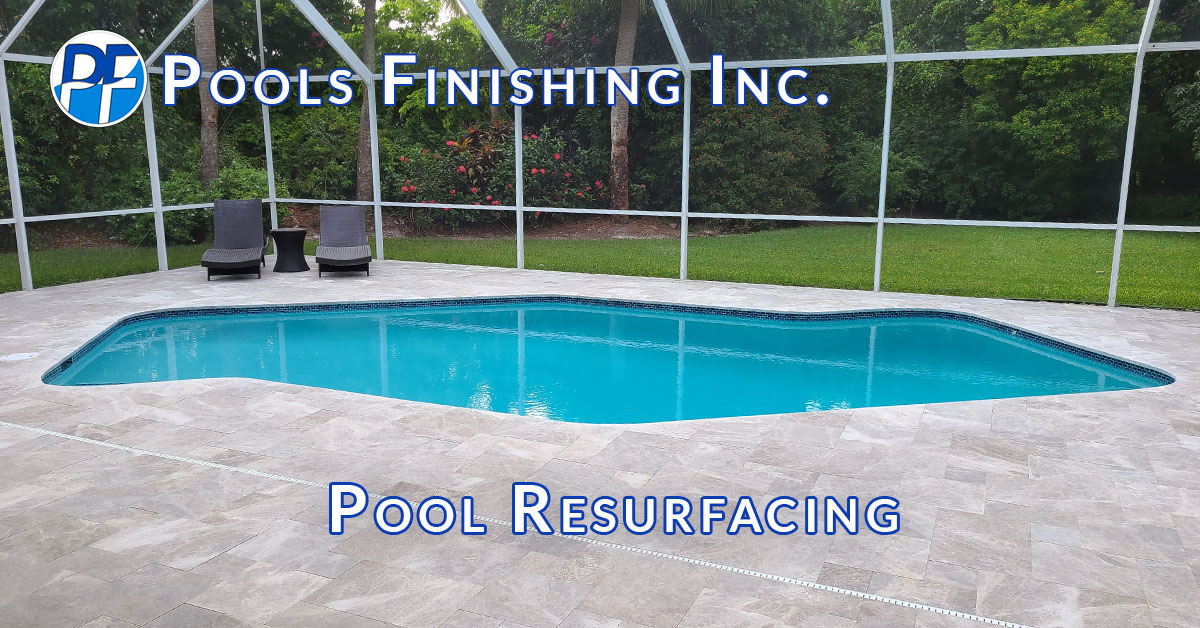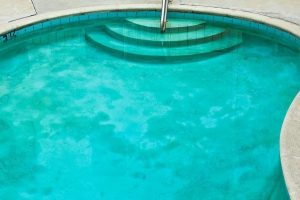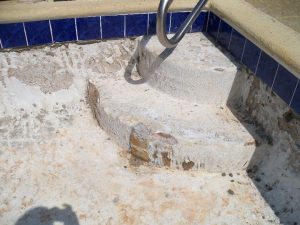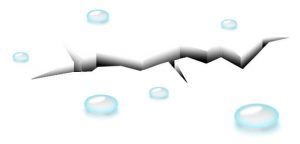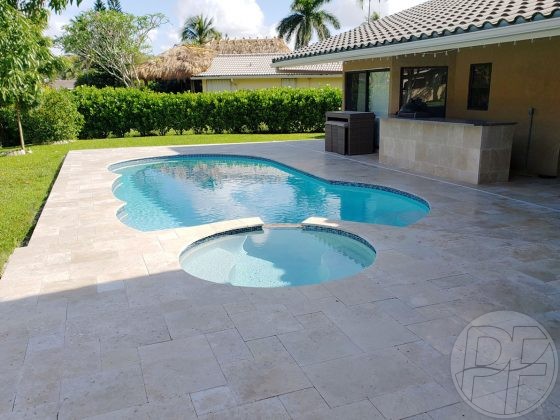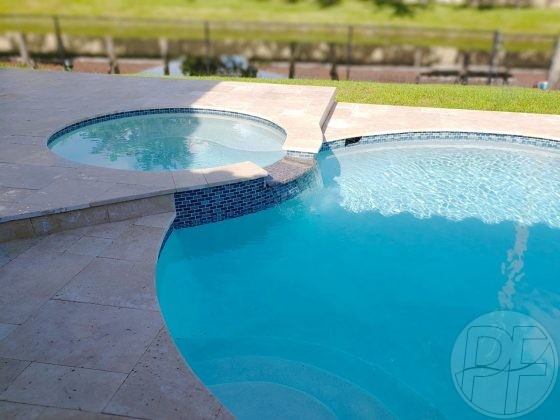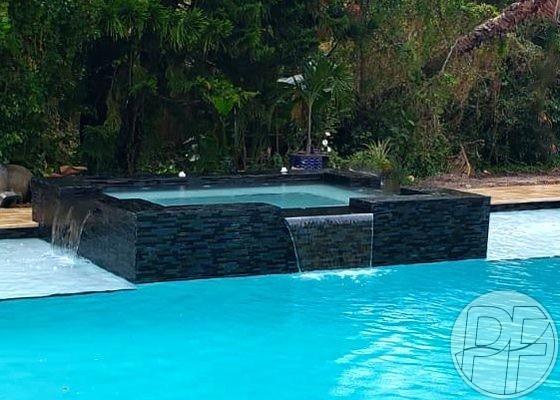Making the Most of Your Pool Resurfacing
Creating a Backyard Pool Oasis is a dream for many South Florida homeowners. If your pool surface is starting to show signs of wear, it’s time to consider pool resurfacing. A fresh surface not only enhances the beauty of your backyard but also extends the life of your pool. Here’s a comprehensive guide on how long pool resurfacing takes from start to finish, helping you plan your project effectively.
Step 1: Planning and Consultation
The first step in your pool resurfacing journey is to set up a consultation with a professional. This is essential to understand the scope of work, materials needed, design options, and get a timeline estimate. It’s advisable to book your consultation a few weeks in advance, especially during peak seasons when demand is high. The planning phase generally takes about 1 to 2 weeks.
Pro Tip: Consider Your Features
While planning, think about any additional features you might want, such as enhancing your Sun Shelf or integrating Waterline tile designs for a modern touch.
Step 2: Prepping Your Pool for Resurfacing
Before the actual pool resurfacing begins, the pool needs to be drained and cleaned. This ensures that the new materials adhere properly. This prep work typically takes 1 to 2 days, depending on the condition of the current surface.
Helpful Tip: Timing is Everything
Schedule your pool project during a time of year when rain is less likely, as weather conditions can affect the timeline.
Step 3: Understanding the Resurfacing Process
Once the pool is prepped, the resurfacing process kicks off. Here’s the general timeline you can expect:
- Day 1-3: Removal and Inspection – The old surface is chipped away, and the pool is inspected for underlying issues.
- Day 4: Surface Preparation – The pool surface is smoothed and prepped for the new material.
- Day 5-7: Application of New Surface – Depending on your choice (plaster, pebble, or other surfaces), application typically starts around this time. Ensure it’s applied evenly for durability and aesthetics.
Quality Tip: Choose the Right Materials
Discuss material options with a professional like Pools Finishing Inc. to understand what may work best for your backyard. Plaster is traditional but consider other durable alternatives if you’re looking for longevity and style.
Step 4: Curing Time
After the new finish is applied, it must cure before the pool can be refilled and used. Curing times can vary based on the material:
- Plaster can take about 7 days to cure.
- Pebble finishes may require a longer period, about 10-14 days, for complete curing.
This stage is crucial for ensuring a long-lasting and flawless pool surface. Avoid using the pool until the curing process is complete.
Step 5: Filling and Balancing the Pool
Once cured, your pool can be refilled. It is essential to monitor the pool’s chemical balance during the first few days. This ensures that the surface cures evenly with no adverse chemical reactions.
Overall, the entire pool resurfacing project should take approximately 2 to 3 weeks from start to finish. However, keep in mind that weather conditions and specific material choices can influence the timeline.
Final Thought: Regular Maintenance is Key
To preserve your new pool surface, maintain regular cleaning and balance your pool’s chemistry. This ensures a pristine look and optimal functionality for years to come.
Ready to refresh your pool and transform it into a true Backyard Pool Oasis? Contact us today for a free quote and personalized consultation.


